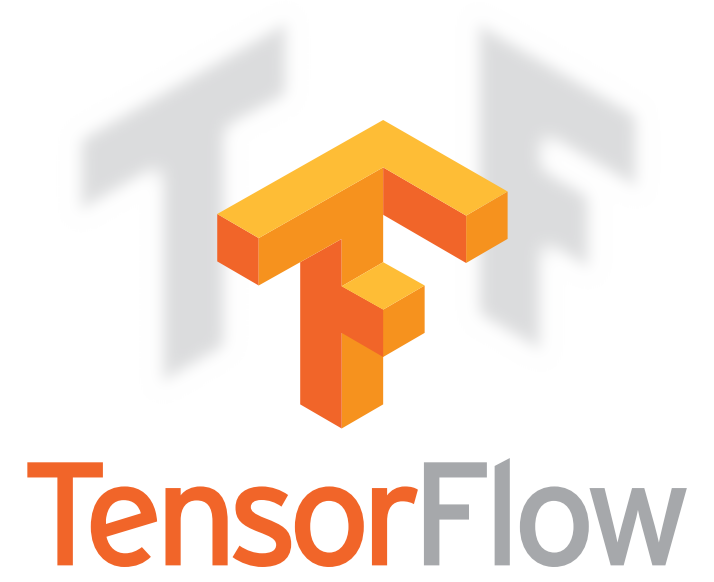TensorFlow: Google's machine learning, now smarter for everyone
Just a couple of years ago, we could not communicate with Google applications through street noise, did not translate Russian inscriptions into Google Translate, and did not search for photos of the very Labradud for Google Photos, only after hearing about it. The fact is that our applications were not smart enough then. Well, very quickly they became much, much smarter. Today, thanks to machine learning technology, all these wonderful things, as well as much more and more serious, we can do effortlessly.
In general, please welcome : we have created a fundamentally new machine learning system called TensorFlow . TensorFlow is faster, smarter and more flexible than our previous technology ( DistBelief , since 2011, the one that recognized the cat without a teacher ), making it much easier to adapt it for use in new products and research projects. TensorFlow is a highly scalable machine learning system that can work on a simple smartphone as well as on thousands of nodes in data centers. We use TensorFlow for the whole range of our tasks, from speech recognition to answering machine in the Inbox and search in Google Photos. This flexibility allows us to design and train neural networks up to 5 times faster compared to our old platform, so that we can really use new technology much more quickly.

')
Using the new system “straight from the shop”, we saw what opportunities TensorFlow offers. It became clear that she is able to exert even greater influence outside our corporation. Today we open TensorFlow for all developers in open source. We hope that this will allow the whole community around machine learning, everything - from researchers to engineers and just amateurs - to exchange ideas more efficiently, through real-life code, and not through research articles alone . As a result of this step, we plan to use your feedback to speed up our research in machine learning, ultimately making this technology better for everyone. By the way, the bonus: TensorFlow is suitable not only for machine learning. It can also be useful in all cases where researchers look for content and meaning in very complexly structured data — everywhere from protein bundles in bioinformatics to analyzing astronomical tables. While the previous technology was sharpened on neural networks and our internal kitchen, TensorFlow is fairly generalized and more efficient.
Machine learning is still new and very young. Today, the computer is still not able to repeat what a 4-year-old child can do without effort. What, for example, is to memorize the name of a dinosaur, seeing only a couple of presented pictures, or understand that the “Mass of the working glass” is not about the working man, but “These types are in stock” is not about eating metal and people who came to the warehouse to eat. There is a lot of work ahead in this direction. We believe that TensorFlow provides a wonderful starting point at the beginning of the journey, as well as an opportunity for us all to go along the closest roads in the right direction. Join now!
In general, please welcome : we have created a fundamentally new machine learning system called TensorFlow . TensorFlow is faster, smarter and more flexible than our previous technology ( DistBelief , since 2011, the one that recognized the cat without a teacher ), making it much easier to adapt it for use in new products and research projects. TensorFlow is a highly scalable machine learning system that can work on a simple smartphone as well as on thousands of nodes in data centers. We use TensorFlow for the whole range of our tasks, from speech recognition to answering machine in the Inbox and search in Google Photos. This flexibility allows us to design and train neural networks up to 5 times faster compared to our old platform, so that we can really use new technology much more quickly.

')
Using the new system “straight from the shop”, we saw what opportunities TensorFlow offers. It became clear that she is able to exert even greater influence outside our corporation. Today we open TensorFlow for all developers in open source. We hope that this will allow the whole community around machine learning, everything - from researchers to engineers and just amateurs - to exchange ideas more efficiently, through real-life code, and not through research articles alone . As a result of this step, we plan to use your feedback to speed up our research in machine learning, ultimately making this technology better for everyone. By the way, the bonus: TensorFlow is suitable not only for machine learning. It can also be useful in all cases where researchers look for content and meaning in very complexly structured data — everywhere from protein bundles in bioinformatics to analyzing astronomical tables. While the previous technology was sharpened on neural networks and our internal kitchen, TensorFlow is fairly generalized and more efficient.
Machine learning is still new and very young. Today, the computer is still not able to repeat what a 4-year-old child can do without effort. What, for example, is to memorize the name of a dinosaur, seeing only a couple of presented pictures, or understand that the “Mass of the working glass” is not about the working man, but “These types are in stock” is not about eating metal and people who came to the warehouse to eat. There is a lot of work ahead in this direction. We believe that TensorFlow provides a wonderful starting point at the beginning of the journey, as well as an opportunity for us all to go along the closest roads in the right direction. Join now!
Source: https://habr.com/ru/post/270543/
All Articles